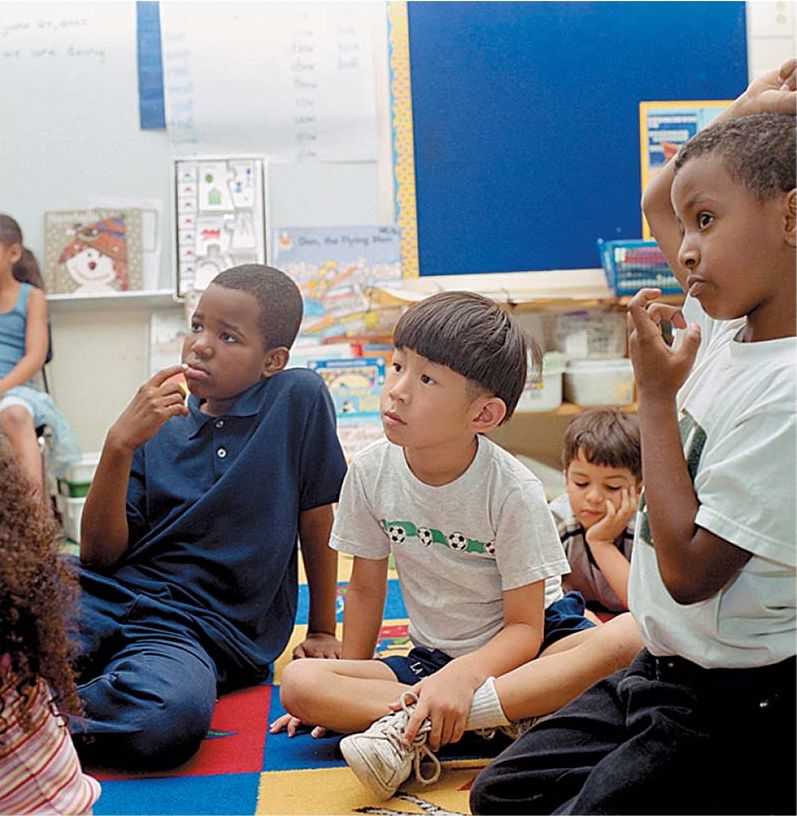Chapter 6. Socioemotional Development
Introduction

In your book’s chapter on socioemotional development during childhood you learned that self-esteem first becomes a major issue during elementary school. Normally, we base our self-esteem on the signals from the outside world. However, when children with externalizing problems are failing they may deny reality (Chung-Hall & Chen, 2010) and blame others to preserve their unrealistically high self-worth (Miller & Daniel, 2007).
Children with internalizing tendencies have the opposite problem. Their hypersensitivity to environmental cues may cause them to read failure into benign events. They are at risk of developing learned helplessness (Abramson et al., 1978).
6.1 Activity
In this activity, you will identify both tendencies using real-world examples.
For each of the following statements, identify if they are externalizing or internalizing distortions.
1. I just failed my statistics exam because my professor is a horrible teacher.
| A. |
| B. |
2. I got a failing grade on my homework because I’m too dumb to understand the material.
| A. |
| B. |
3. I’m not smart enough to do well in college.
| A. |
| B. |
4. We just lost the football game because my teammate fumbled the ball.
| A. |
| B. |
5. I’m not very good at soccer because I run slowly.
| A. |
| B. |
6. My husband and I often argue because he is hard to get along with.
| A. |
| B. |
7. I have poor social skills. That is why I don’t have many friends.
| A. |
| B. |
8. I try hard to be a good parent but I just can’t.
| A. |
| B. |
9. I am the best employee at my job. I should be able to come to work late if I want to.
| A. |
| B. |
10. I am overweight and there is nothing I can do about it.
| A. |
| B. |
6.2 Something to Consider
Drawing on Erikson’s theory, true self-esteem is derived from “industry”—working for our goals. As discussed previously, children and adults with externalizing and internalizing tendencies face a similar danger—but for different reasons. Those with externalizing tendencies continue to fail because they do not see the need for self-improvement. Those with internalizing tendencies continue to fail because they decide that they cannot succeed and stop working. As you can see, both are set up for failure.
With all of this in mind, how do you tend to explain things when they go as planned or not? Do you tend to blame others to preserve your self-worth (externalizing) or are you overly critical of yourself, reading failure into benign events (internalizing)?
References
Abramson, L. Y., Seligman, M. E., & Teasdale, J. D. (1978). Learned helplessness in humans: Critique and reformulation. Journal of Abnormal Psychology, 87, 49–74.
Chung-Hall, J., & Chen, X. (2010). Aggressive and prosocial peer group functioning: Effects on children’s social, school, and psychological adjustment. Social Development, 19, 659–680.
Miller, D., & Daniel, B. (2007). Competent to cope, worthy of happiness? How the duality of self-esteem can inform a resilience-based classroom environment. School Psychology International, 28(5), 605–622.